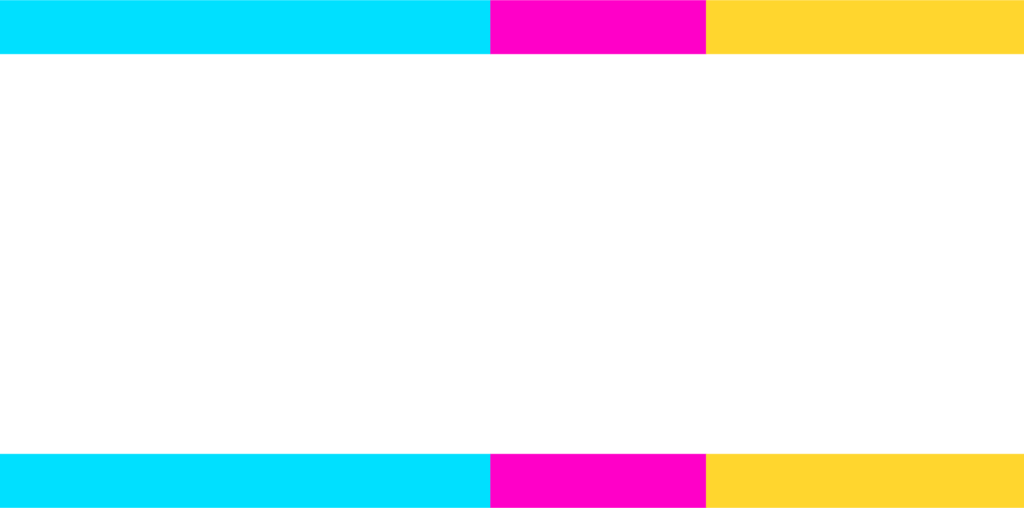Idahoans pride themselves on being fiscally responsible and committed to developing a strong and sustainable economy. Ensuring that state tax dollars are being used to further these goals requires understanding the impact of budget decisions.
The creation of a private school tax credit that would have diverted significant taxpayer funds to private education was proposed during the 2024 Legislative Session and is expected to come back again in 2025. The Idaho Center for Fiscal Policy estimated that the proposal to give a $5,000 refundable tax credit to families that send their children to private school could cost upwards of $170 million annually after the first year of the program.1 No matter the form it takes, any mechanism that diverts public funds to private schools is a school voucher program.
A study of seven states that provide private school vouchers found that over an eleven-year period, private school voucher spending more than doubled while the state’s efforts to fund public schools declined – even when public-school enrollment increased.2 When looking at the different types of private school voucher programs, tax credits are no exception. See the table below.
School Vouchers Lead to Tuition Increases
Oklahoma enacted similar legislation to Idaho’s proposal last year. Since their refundable private school tax credit program was enacted, 12 percent of private schools capped their tuition at or near the maximum amount a family can receive, and 20 percent of private schools raised their tuition anywhere from 6 percent to 100 percent.3
School Vouchers Do Not Have Guardrails
Tax credit vouchers often do not have guardrails to ensure that private schools do not increase their tuition prices to maximize their profit as they did in Oklahoma. Private schools also do not become subject to the same requirements as public schools, which must admit every student and be transparent about their finances and operations. Even while benefiting from these public dollars via tax credits, private schools have no requirement to disclose their finances, how they operate, or how they measure student achievement.
School Vouchers Often Do Not Prioritize Low-Income Children
Too often these programs do not ensure students with the greatest financial need are guaranteed to receive assistance. They are usually awarded on a first come first serve basis, making them available to families that already can afford to have their children enrolled in private school.
School Vouchers Do Not Expand School Choice for Rural Idaho Children
Additionally, providing private school voucher tax credits will not expand school choice for rural Idaho students. Nearly half of all counties in Idaho do not contain a single private school. Most of the state’s private schools are in Ada County. Because private schools are concentrated in urban communities, these programs would divert rural tax dollars to subsidize payouts to private schools in urban areas.4
Public Funds Should Be Used for Public Investments
Public education funding levels matter. A high-quality and equitable public education system that ensures all Idaho children thrive requires consistent and robust investment. Currently, Idaho is ranked last in the nation in per pupil spending,5 and the state is projected to lose $948 million annually due to income tax cuts that were implemented over the past several years. The resulting decrease in revenue means there is less funding available for key public investments in families and our public education system, which serves 95 percent of Idaho’s students.6 Enacting a voucher program in Idaho is likely to exacerbate public school funding shortfalls – hurting students, school districts, and communities as a result.
Fund Families, Not Private Schools
Instead of creating a private school tax credit program only a select few could benefit from, Idaho could make the state Child Tax Credit refundable and create a state Earned Income Tax Credit to enhance the economic security of low to middle income families. The efforts would cost significantly less at $74 million ($29 million for the refundable CTC and $45 million for the EITC)7 and the programs would benefit more than double the number of families a private school tax credit voucher would reach.8 The Child Tax Credit and the Earned Income Tax Credit puts money back into the pockets of hard-working Idahoans - empowering them to spend their money as they choose, whether that is for additional educational supports for their children, groceries on the table, or gas in their vehicles.
- May Roberts. “Future Costs of Idaho HB 447’s Private School Tax Credit and Grant Program Projected to Rise Sharply. Idaho Center for Fiscal Policy. February 15, 2024. ↩︎
- Samuel Abrams and Steven Koutsavlis. “Public Funds Public Schools Report: The Fiscal Consequences of Private School Vouchers.” Education Law Center. March 2023. ↩︎
- Ruby Topalian. “Tax Credit Program Sparks Statewide Surge in Private School Tuition.” Oklahoma Watch. August 13, 2024. ↩︎
- “Private School Vouchers are especially harmful to rural communities.” Idaho Center for Fiscal Policy and Public Funds Public Schools. ↩︎
- “Educator Pay Data 2024: Teacher Pay & Per Student Spending Rankings and Estimates.” National Education Association. 2024. ↩︎
- Dr. Bas van Doorn. Idaho’s Private School Landscape: A Brief Overview.” Idaho Office of the State Board of Education. February 16, 2024. ↩︎
- May Roberts. “Idaho’s Recent String of Income Tax Cuts Jeopardizes Investments in Public Services.” Idaho Center for Fiscal Policy. October 4, 2024. ↩︎
- ICFP estimated that HB447 would reach approximately 34 thousand families, while the CTC and EITC would reach approximately 80 thousand families. ↩︎


